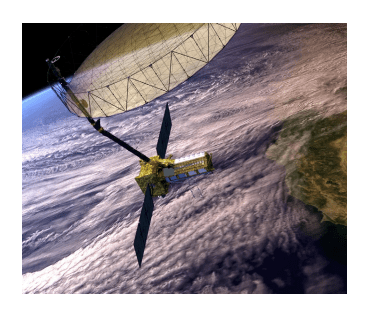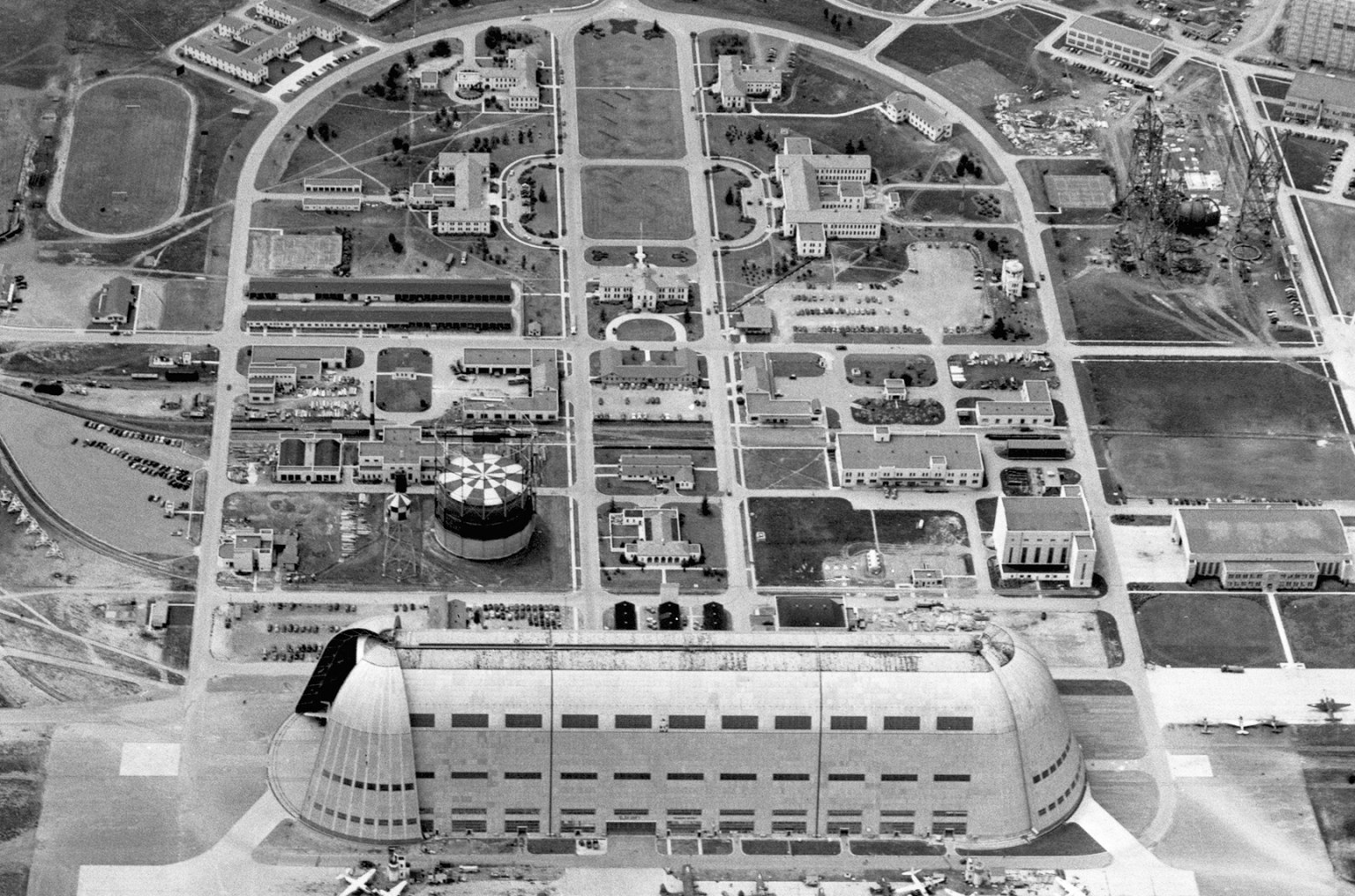NASA has selected David Korth as deputy for Johnson Space Center’s Safety and Mission Assurance directorate. Korth previously served as deputy manager of the International Space Station Avionics and Software Office at Johnson Space Center prior to serving as acting deputy for Safety and Mission Assurance. I’m excited to embark on my new role as deputy for Johnson’s Safety and Mission Assurance directorate,” Korth said. “Safety has been a priority for me throughout my NASA career. It is at the forefront of every decision I make.” Korth brings more than 34 years’…
Read MoreCategory: General
Anything and everything space
Ten NASA Science, Tech Instruments Flying to Moon on Firefly Lander
Firefly Aerospace’s Blue Ghost lander getting encapsulated in SpaceX’s rocket fairing ahead of the planned liftoff for 1:11 a.m. EST Jan. 15 from Launch Complex 39A at NASA’s Kennedy Space Center in Florida SpaceX As part of NASA’s CLPS (Commercial Lunar Payload Services) initiative and Artemis campaign, the agency is preparing to fly ten instruments aboard Firefly Aerospace’s first delivery to the Moon. These science payloads and technology demonstrations will help advance our understanding of the Moon and planetary processes, while paving the way for future crewed missions on the…
Read More35 Years Ago: STS-32 Returns the Long Duration Exposure Facility
On Jan. 9, 1990, space shuttle Columbia took off on its ninth flight, STS-32, from NASA’s Kennedy Space Center (KSC) in Florida. Its five-person crew of Commander Daniel Brandenstein, Pilot James Wetherbee, and Mission Specialists Bonnie Dunbar, Marsha Ivins, and David Low flew a then record-breaking 11-day mission to deploy the Syncom IV-F5 communications satellite for the U.S. Navy and retrieve the Long-Duration Exposure Facility (LDEF). Astronauts aboard a shuttle mission in 1984 deployed the LDEF and scientists eagerly awaited the return of their 57 experiments to study the effects…
Read MoreHouston, We Have the Holiday Cookies
Supporting the International Space Station is an around-the-clock responsibility for NASA and its international partners. This means there is always a team of flight operations and payload personnel working with the orbiting laboratory’s crew – including overnight, on weekends, and during the holidays. At Johnson Space Center’s Mission Control Center (MCC) in Houston, flight directors organize fun activities to help these teams build camaraderie and celebrate holidays while they work, no matter the hour. “Working in mission control is a very rewarding job, but it also demands a lot from…
Read MoreSoil Remediation at White Sands Test Facility
NASA White Sands Test Facility Las Cruces, New Mexico Soil Remediation at the 600 Area Off-Site Pile Origins of the 600 Area Off-Site Pile The NASA White Sands Test Facility (WSTF) is crucial for supporting space exploration and technology development. Located in New Mexico, it provides a controlled environment for testing and evaluating spacecraft, propulsion systems, and other aerospace technologies. The facility is instrumental in conducting critical tests such as engine firings, thermal and environmental testing, and materials research. Its role in ensuring the safety, reliability, and performance of spacecraft…
Read MoreCollaboration Is Key to A Strong Materials Discipline
NASA has a strong need for advanced materials and processes (M&P) across the realms of robotic- and crewed-spaceflight, as well as aeronautics, particularly when one acknowledges that all craft must be made of something. To meet that need, the materials discipline relies on collaboration—both between centers and across disciplines. Reaching the Agency’s Moon-to-Mars objectives will require leveraging each center’s specific M&P expertise, cross-training among the centers, and routinely interacting with the 20-plus Agency disciplines like structures, space environments, and loads and dynamics. When a discipline touches all classes of materials;…
Read MoreKen Freeman Receives Air Traffic Control Association (ATCA) Award for ATM-X Digital Information Platform (DIP)
Ken Freeman (center) receives the ATCA Award for ATM-X Digital Information Platform (DIP) from Rachel Jackson, Chair ATCA Board of Directors (left) and Carey Fagan, President and CEO ATCA (right). NASA Air Traffic Control Association (ATCA) Award to the NASA ATM-X Digital Information Platform (DIP) TeamIn November 2024, the Digital Information Platform (DIP) team received the prestigious Industry Award from the Air Traffic Control Association (ATCA) at the annual ATCA Connect Conference in Washington, DC. The award recognized the team’s efforts in supporting NASA’s Sustainable Flight National Partnership (SFNP), which aims for net-zero…
Read MoreHow a NASA Senior Database Administrator Manifested her Dream Job
3 min read Preparations for Next Moonwalk Simulations Underway (and Underwater) Latha Balijepalle, a senior database administrator at NASA Ames, encourages others to take a risk and pursue challenges in their work, like trying something new that might open doors to a new opportunity. NASA/Brandon Torres Navarrete When Madhavi Latha Balijepalle noticed that her morning commute took her past NASA Ames Research Center in California’s Silicon Valley, she set a new career goal for herself: working for NASA. “I started manifesting it, thinking about it every day as I drove…
Read MoreNASA Ames Astrogram – December 2024
2024 Year in Review – Highlights from NASA in Silicon Valley by Tiffany Blake As NASA’s Ames Research Center in California’s Silicon Valley enters its 85th year since its founding, join us as we take a look back at some of our highlights of science, engineering, research, and innovation from 2024. Ames Arc Jets Play Key Role in Artemis I Orion Spacecraft Heat Shield Findings A block of Avcoat undergoes testing inside an arc jet test chamber at NASA Ames. The test article, configured with both permeable (upper) and non-permeable (lower)…
Read MoreNASA’s Ames Research Center Celebrates 85 Years of Innovation
5 Min Read NASA’s Ames Research Center Celebrates 85 Years of Innovation The NACA Ames laboratory in 1944 Credits: NASA Ames Research Center in California’s Silicon Valley pre-dates a lot of things. The center existed before NASA – the very space and aeronautics agency it’s a critical part of today. And of all the marvelous advancements in science and technology that have fundamentally changed our lives over the last 85 years since its founding, one aspect has remained steadfast; an enduring commitment to what’s known by some on-center simply as, “an…
Read More








